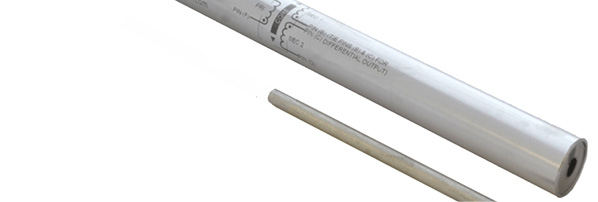Multifunctional Sensors

Multifunctional sensors offer a variety of technical and commercial advantages. Users do not have to prepare an additional connection interface, both mechanically (flange pattern or threaded hole) and electronically (connector and cable harness).
In addition, saving the required installation space may also enable a more compact design. Another advantage is the saving in installation time.
RHEINTACHO already offers a wide range of multifunctional sensors.
We can distinguish between the following variants:
- 2-channel speed sensors:
-
- Usually offer two phase-shifted frequency signals (typically: A and B signal). Based on the signal sequence, the controller can detect the direction of rotation.
- As described in the previous point, but to increase safety. The control unit checks whether both signals provide redundant results.
- 1-channel speed sensor plus an additional digital signal (usually HIGH or LOW) to indicate the direction of rotation. HIGH, for example, for left-hand direction of rotation.
- In addition to unifunctional 1-channel speed sensors or the 2-channel versions described above, the position can also be detected using extended electronics. This is particularly important information for the optimum control of modern electric motors.
- In addition to the variants already described, the temperature can also be detected. Different temperature sensors can be used here, of course taking into account the mechanical / electrical specifications and the requirements of the application. It should be noted that due to the positioning of the temperature sensor in the multifunctional sensor, the measurement usually takes place at a different position.
- In electric motors, for example, temperature sensors are usually positioned inside the windings of the electric motor. However, no speed can be detected at this point. This changed mounting position must be taken into account when interpreting the detected temperature values. However, our experience shows that this can be managed without any problems using intelligent software.
- This is less of a problem in hydraulic motors, as the hydraulic fluid also simplifies heat transfer.
- The recording of other measured parameters is at an advanced stage of development. .







